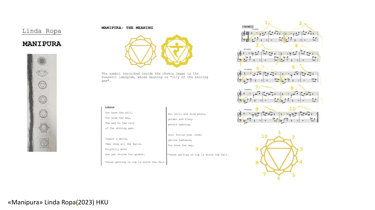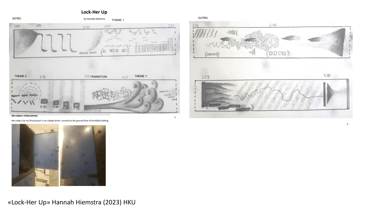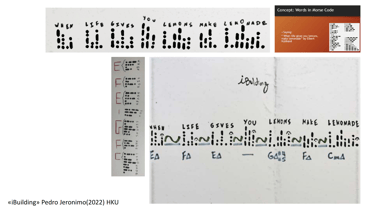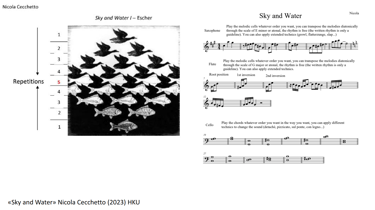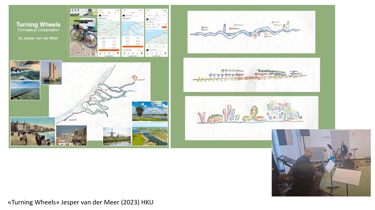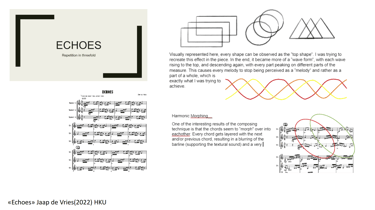Conceptual Composition, A Multidisciplinary Class
My research of Musicographics in the past 7 years has turned itself to be a class at HKU Utrecht conservatorium.
Murat Ali Cengiz
9/28/20251 min read
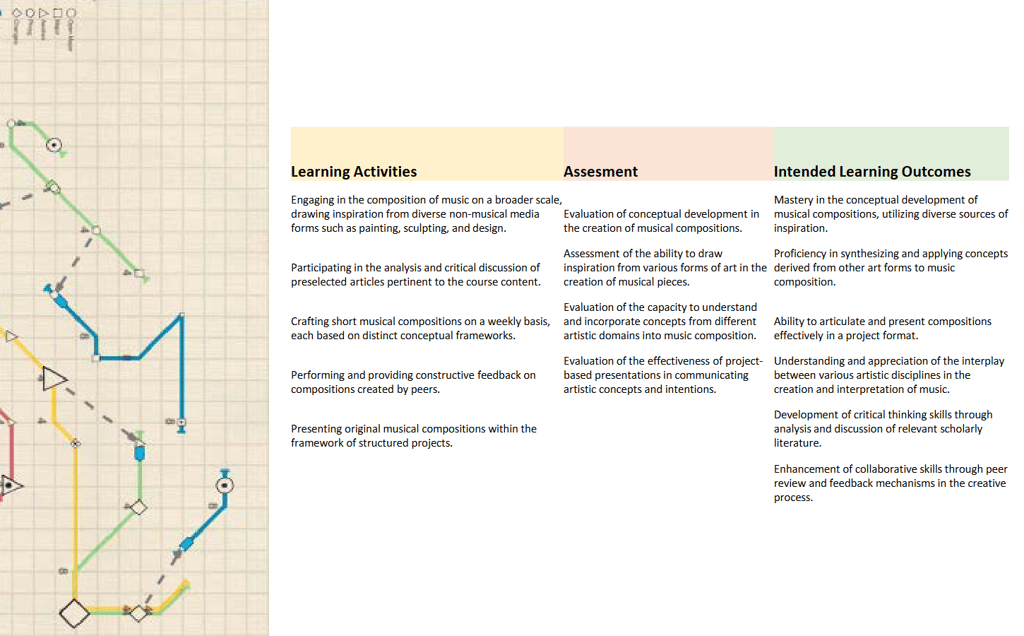

Over the past years I’ve had the chance to teach a course at HKU Utrecht Conservatorium called Conceptual Composition. It grew out of the same questions that drive my work in Musicographics: how can we translate ideas, images, and spaces into sound? How do we move beyond traditional notation and instead use patterns, diagrams, or even the city itself as a score?
The class invited students to explore composition through painting, design, sculpture, or architecture, always with the idea that once a pattern is recognized, it can become notation, and with time and sound, it becomes music. This is very much the heart of Conceptual Composition: bridging the visual and the sonic, turning external forms into musical structure by using concepts.
Each week, students created short compositions, notated their ideas graphically, and performed them for one another. The process was as important as the result, discussing how an abstract form could suggest rhythm, or how a building plan might unfold into harmony. Some projects became playful and political (Lock-Her Up), others deeply personal or spatial (Turning Wheels, iBuilding), but all shared this drive to think through music conceptually, not just technically.
Looking back, what struck me most was how naturally students embraced the multimodal approach. For them, drawing a score inspired by a sculpture or a painting didn’t feel like a detour, it felt like a direct extension of musical thought. That reinforced for me why Musicographics exists in the first place: to open up composition to wider sources of inspiration and to create a language where visual patterns can live as sound.
Below you can find the introductory video for the class and some of the students' works.

Student works (click to enlarge)
